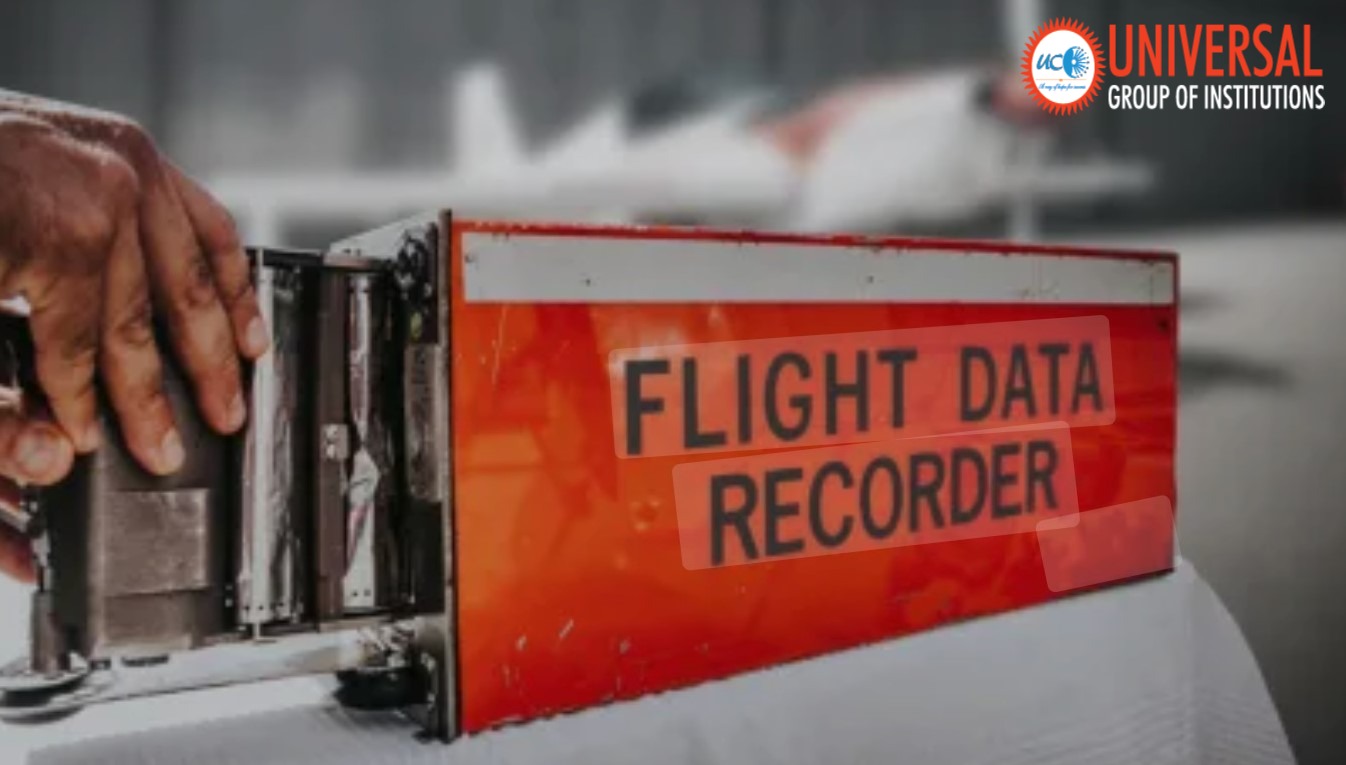Air India Crash 2025: Mayday & Black Box Details
Air India Crash 2025: “Mayday” Distress Call & Black Box Aviation – Everything You Need to Know
On June 11, 2025, Air India flight AI171, an India to London flight bound for London Gatwick airport, suffered a devastating plane crash shortly after takeoff from Ahmedabad airport, located in western India (for reference, see Ahmedabad in India map). The Boeing 787-8 Dreamliner, part of the Boeing India fleet, was carrying 242 people, including 230 passengers and 12 crew members, as per the flight manifest. Tragically, this plane crash resulted in 241 air crash casualties, including former Gujarat Chief Minister Vijay Rupani. The sole survivor of this devastating Air India crash was a passenger named Vishwash Kumar Ramesh.
Moments after takeoff at 1:39 PM, the pilot issued a “Mayday” distress call—an internationally recognized emergency alert—indicating a life-threatening situation. The flight lost contact shortly after, marking the beginning of a critical aviation safety incident. Flight radar 24 live tracking systems and the air india flight tracker live map lost contact with the aircraft, prompting immediate concern and action from aviation authorities. This incident raised questions about the safety of long-haul flights, such as the india to los angeles flight route, and the importance of rigorous safety measures for flights with extended california to india flight times.
What Is a “Mayday” Distress Call in Aviation?
The term “Mayday” is used by pilots and maritime personnel to signal a grave emergency requiring immediate help. It is repeated three times—”Mayday, Mayday, Mayday”—for clarity over radio during critical flight procedures.
Originating in the 1920s, the term was coined by Frederick Stanley Mockford, a British radio officer at Croydon Airport, which was the first airport in India to adopt this protocol. It is derived from the French phrase “venez m’aider”, meaning “come help me.” This Mayday distress call ensures that emergency communications are clearly understood across international aviation channels, especially during situations like a takeoff accident or when an emergency landing is necessary.
What Is a Black Box in Aircraft?
After any major plane crash, aviation authorities, including the Directorate General of Civil Aviation and the Aircraft Accident Investigation Bureau, recover the flight’s black box to aid in crash investigation and determine the cause of the disaster. Black box aviation technology comprises two key devices:
-
Flight Data Recorder (FDR) Stores technical flight data such as speed, altitude, engine pressure, and flight trajectory. It records the last 25+ hours of flight operation, which is crucial for flight data analysis. The FDR also captures information about the plane’s highest speed during the flight, providing vital insights into the aircraft’s performance leading up to the incident.
-
Cockpit Voice Recorder (CVR) Captures the last 2 hours of cockpit audio—including pilot discussions, alarms, and ambient noise, providing valuable insights into the flight procedures leading up to the incident.
-
Despite its name, the black box is bright orange to ensure visibility during recovery at the crash site.
Key Features of a Black Box
-
Built to withstand high-impact crashes and fire
-
Usually placed in the tail section for better survivability
-
Equipped with underwater locator beacons
-
Crucial for determining causes of aviation accidents and improving overall aviation industry safety
The Air India crash of 2025 serves as a stark reminder of the importance of continuous improvement in passenger safety and aircraft design. As aviation experts and the National Transportation Safety Board conduct their investigations, including crash site forensics, the industry will undoubtedly learn valuable lessons to prevent such tragedies in the future.
The sole survivor, Vishwash Kumar Ramesh, will likely play a crucial role in helping investigators understand the final moments of the flight. His testimony, combined with the data from the black box, including information about the plane’s highest speed, will be instrumental in piecing together the events that led to this devastating incident.
As the aviation community mourns the loss of life in this Air India crash, it also renews its commitment to enhancing safety measures, refining pilot training programs, and improving maintenance procedures to ensure the security of all future flights. The international incident protocol has been activated, bringing together aviation experts from various countries to assist in the investigation and assess the current state of aviation infrastructure.
Live news coverage, including India today news live broadcasts and CNN live updates, continues to provide real-time information on the tragedy. Flight accident photos and plane crash images, including a particularly striking accident photo showing the wreckage, have been circulating on social media, highlighting the severity of the crash. These accident photos serve as a grim reminder of the devastating impact of aviation disasters.
This incident serves as a somber reminder of the risks involved in air travel and the ongoing need for vigilance and improvement in aviation safety standards worldwide. As the investigation unfolds, aviation experts will analyze every aspect of the flight, from the aircraft’s maintenance history to the weather conditions at the time of the crash, to prevent similar incidents in the future. The findings will likely influence future developments in aviation infrastructure and safety protocols, not only for flights to London Gatwick but for all international routes, including long-haul flights like the india to los angeles flight and those with extended california to india flight times.







